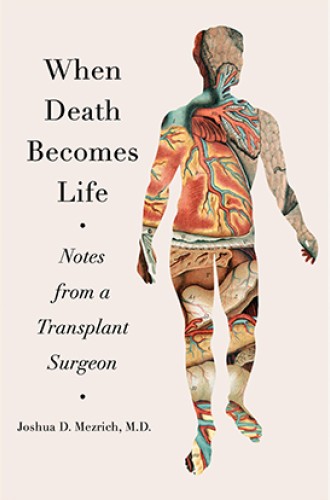Notes from an organ transplant surgeon
Joshua Mezrich weaves professional insight with personal stories.
It seems like organ transplant is everywhere these days. There are requests on Twitter and Facebook for living donors with specific blood types; there are news stories about grieving family members meeting the recipients of their loved one’s organs. Organ transplant has been the frame story for recent movies like Vice and Get Out and the big reveal in TV shows. I’ve seen more than one handmade sign in a car window requesting a kidney, complete with details and hospital contact information. And in the last congregation I served, a member donated a kidney to a stranger in need, which made organ transplant a topic of conversation in our community. In the midst of increased awareness of the need for donated organs, the US government has put forward a plan to increase organ donation from deceased and living donors.
With organ transplant on every channel, how are we supposed to take in this information and think about it? Enter Joshua D. Mezrich, a transplant surgeon whose timely book weaves together a history of organ transplantation with parts of his personal story.
Mezrich begins with the introduction he received through working on organ and tissue procurement as a medical student. He describes in dramatic detail the turbulent helicopter flights between medical centers and the intensely physical work of removing organs and tissue from a donor. He moves deftly from these visceral and emotional passages to a history of organ transplant, which he presents organ by organ: kidney, heart, pancreas, and liver.






